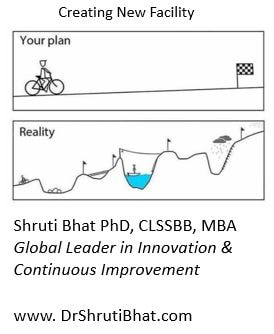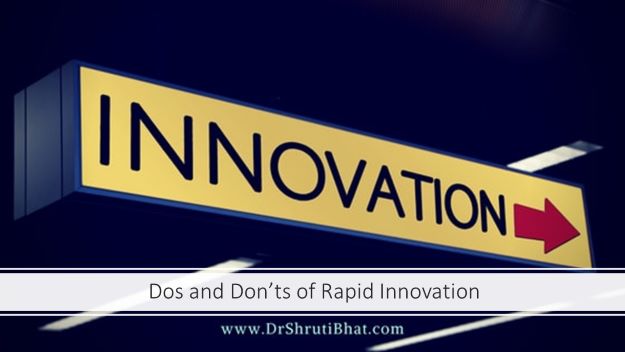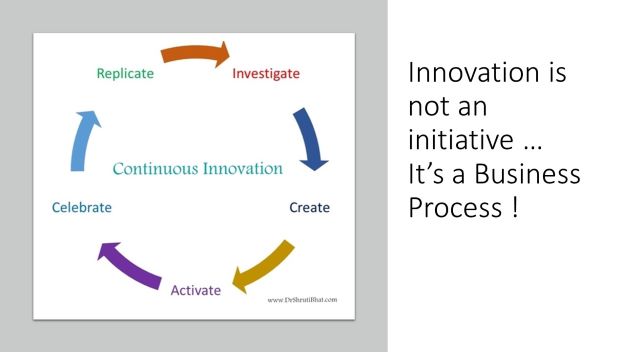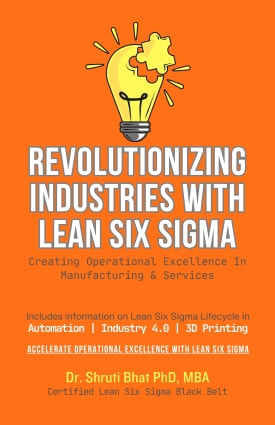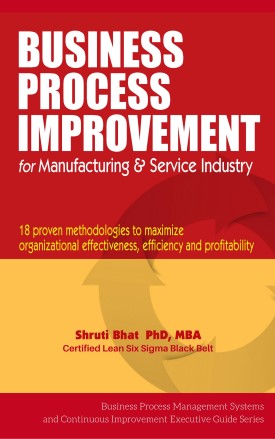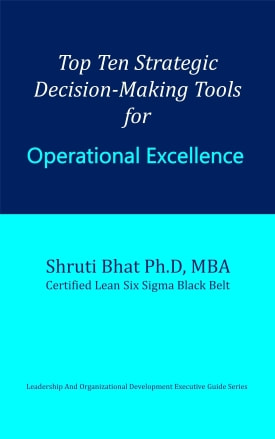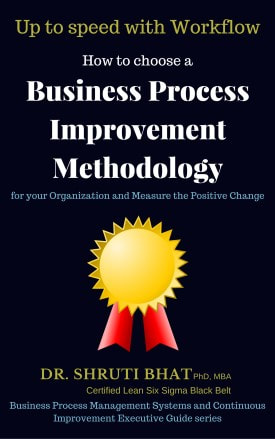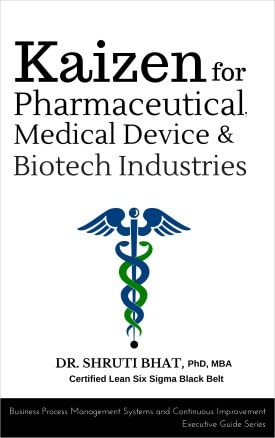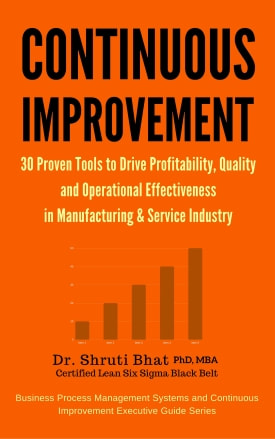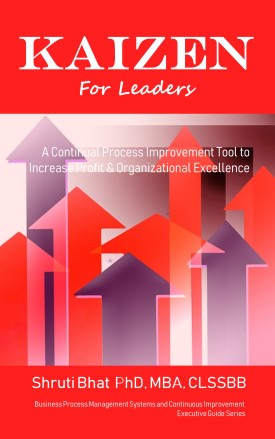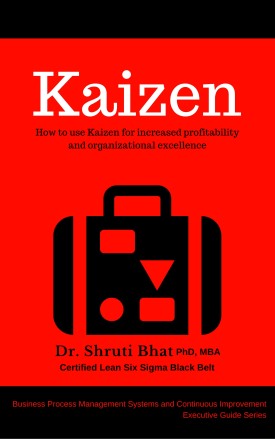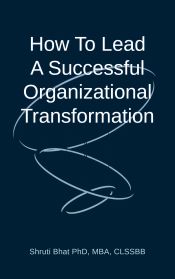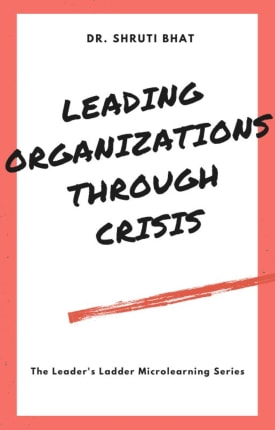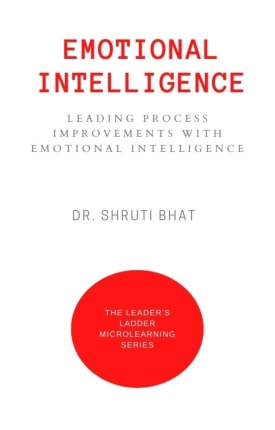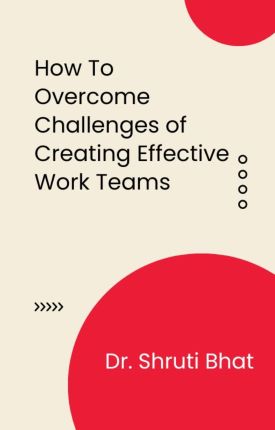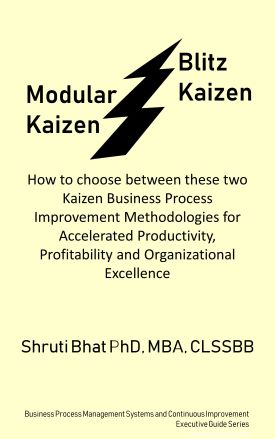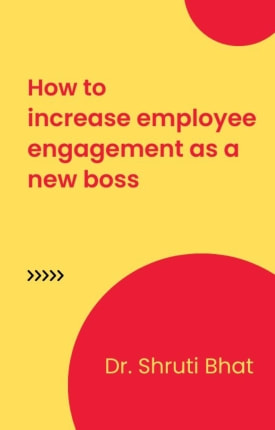Reducing procurement, supply chain logistics is an omnipresent to-do issue for business leaders, pandemic or otherwise, but more so in today’s times because of transport disruptions due to the pandemic.
I would say there are broadly two ways to handle any issue- proactive and reactive. Improving R&D processes via Design Thinking & Kaizen is a proven proactive way of making sure that external environment will have minimal to negligible effect on your supply chain function. Further, this is true for all companies in the manufacturing as well as the service sectors.
So, I come to my favorite questions-
- Did you know that improving your R&D business processes can have immediate direct savings of 35 to 40% of your sourcing and supply chain costs?
- Did you know that R&D process improvement can ensure that your supply chain is productive and functions at an all -time-good level regardless of disturbances in the external environment?
Want to know more? Check out the video below-

